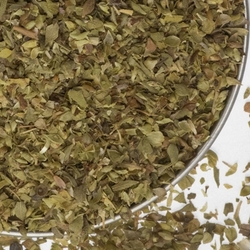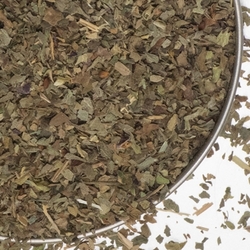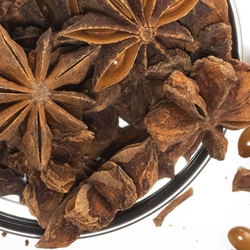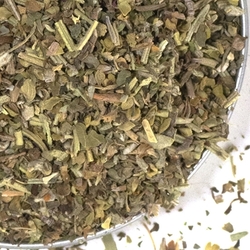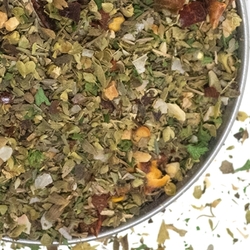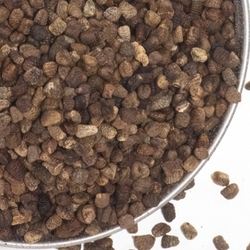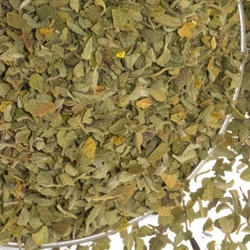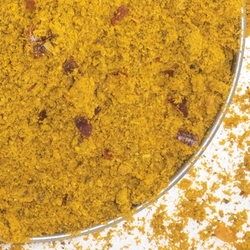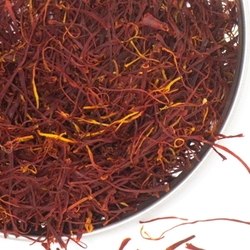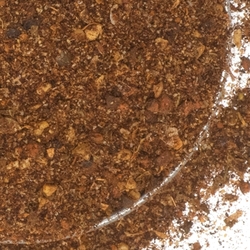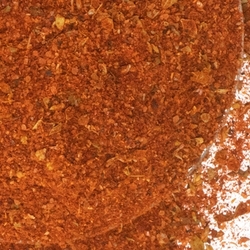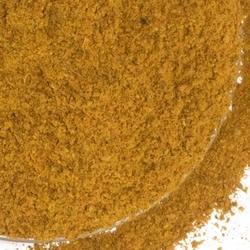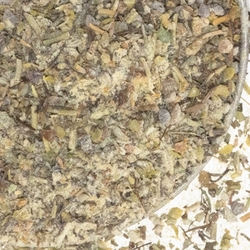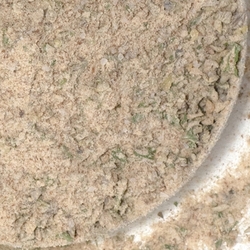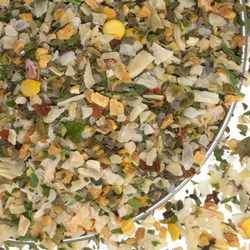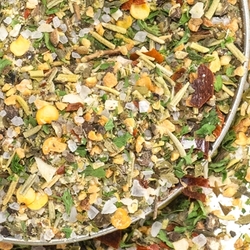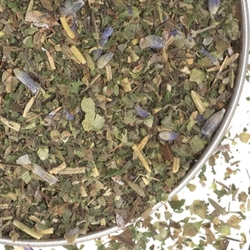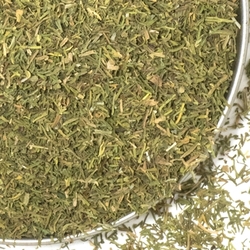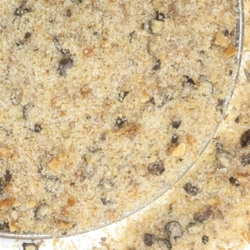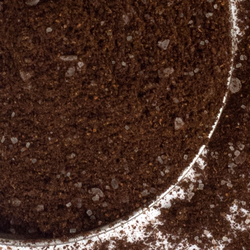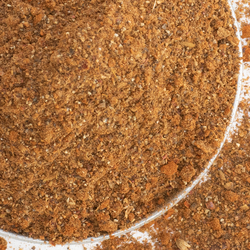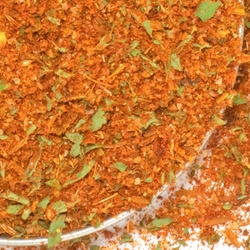8 Healthiest Cuisines in the World

Healthy eating is full of misinformation and swirling articles falling into the endless vortex that is the internet about what we should and should not eat. This information changes all the time, with foods once in high regard falling into the unhealthy category just as quickly. In the United States especially, it is quite easy to fall into the habit of eating poorly. There are fast food restaurants all over and you are rarely more than 30 minutes from a convenience store stocked to the gills with junk food. This is helping the growing obesity problem in America get worse. Bad food costs much less than good food, and the underpaid, overworked people in this country are unfortunately making bad food choices because of this. This also means that our medical bills are skyrocketing due to the health consequences associated with eating this way.
According to a recent study by the United Nations, the US accounts for only 5% of the world's population, yet accounts for 33% of the world's total weight. Asia has 61% of the world's population with only 13% of the total body weight. Of course, in America you do have a choice about what to eat. There is consequence for eating poorly, but we can change it by making healthier choices with our food. Since we deal with spices, we think there is a different way to go about this. Eating better is intimidating for some people because they think that means they have to sacrifice good tasting food. This is simply untrue, and you do not have to sacrifice flavor in the name of eating healthier. These cuisines from all over the world are largely regarded as the healthiest available to the rest of the world, and they certainly don't hold back on flavor.
#8 Mexican
The Tex-Mex restaurants you will find in the United States are often overstuffed with foods smothered in cheese. Traditional Mexican food on the other hand includes beans, chiles, corn, soups, and tomatoes. It is full of meals that have slow-release carbohydrates that leave you feeling fuller for longer and may help lower blood sugar. With the traditional use of multiple layers per dish, the flavor of Mexican food is extremely complex and exciting to the mouth.
Spicy grilled chicken and beef dishes are excellent, healthier choices that come from Mexican cuisine. There are plenty of vegetarian options for people who are trying to eat more plants, too! Mexican cuisine is one of the first fusion cuisines, combining plenty of elements from Spanish, French, and German cuisine. Flavors of this cuisine vary by region. In the North, the cuisine is more influenced by the Germans and North American cowboys. In the Yucatan region of Mexico, the food is more traditional and draws from the Mayan roots of the country, with some influences from Asia, the Caribbean, Europe, and Florida. In the Vera Cruz region, Creole and Spanish influences are the most dominant in the cuisine.
Some of our favorite Mexican seasonings include Manzanillo Mexican Seasoning, Mexican Chorizo Seasoning, and Mexican Mole Seasoning. We also love Mexican Oregano and chile peppers and powders. They can be used in many dishes including our Chorizo and Black Bean Breakfast Burrito, Arroz con Pollo and Mexican Style Chicken Chili.
#7 Spanish
Spanish food is not actually another name for Mexican cuisine, despite what some Americans might have you think. Many of the recipes in Spain originate from the Iberian Peninsula. It is a truly distinct cuisine, having few outside influences. Though, you will see Spanish cuisine mentioned as an influence in plenty of other cuisines.
Spanish food is full of fresh vegetables, seafood, and olive oil. Two extremely identifiable dishes from this cuisine are paella and gazpacho. Tapas are a huge deal in Spain as well. Tapas are appetizers that can be combined to have a well-rounded meal. These small appetizers are served in a bar setting, and sometimes they act as a quick lunch for working people, as they are quick and often inexpensive. Serving food this way helps with portion control because it makes the consumer more aware of what they are putting in their body, since each tapa is a single serving type dish.
Some of our favorite Spanish seasoning blends are Paella Seasoning and Mojo Seasoning. Saffron and Smoked Paprika Hot are also commonly used in traditional Spanish cuisine. Some of our favorite recipes include Spanish Saffron Chicken, Valencia Paella and Vegetable Paella.
#6 Italian
Traditional Italian food is heavy on beans, fish, fruit, grains, olive oil, and vegetables. The ingredients used are always very fresh and are usually locally sourced. Processed foods are not popular here, and meat is often used sparingly. The main sources of protein in Italian food comes from beans and fish.
Americanized Italian food has lots of melty cheese, but traditional Italian cuisine favors hard cheeses like Parmesan. Cheese is used as a flavor enhancer, not as a standalone ingredient like we do in American style Italian food.
Italian seasonings are delicious and can be added to almost any dish to give it some extra flavor. Our favorite Italian seasoning blends include our traditional Italian Seasoning, Hot Italian Sausage Seasoning, Tuscany Bread Dipping Seasoning, Spaghetti Seasoning, and Pizza Seasoning. Some of our favorite Italian recipes are our Italian Wedding Soup, Baked Ziti and Caprese Salad.
#5 Indian
Indian food in America is not an accurate representation of the delicious Indian food available in India. This cuisine is fresher, lighter, and more balanced than things you will find at an American Indian restaurant since traditional cooks prefer to use fresh ingredients. Produce and meat are usually picked up at the market, they don't usually go for processed foods that are common in American supermarkets. Healthier cooking methods are also used.
Indian food has a lot of spices, some of which make spicy hot dishes, others that are just for flavoring the food more intensely. These spices are very aromatic, and Indian kitchens are often full of extremely delicious scents, not just delicious food. Each spice is unique, but mastering the art of magically combining flavors and garnering an incredible result seems to have been mastered by ever Indian cook.
Recipes have a wide scope of healthy options, from beef or chicken tikka or tandoori, and can be prepared with oil or light margarine instead of heavy butter or ghee. Curries can also have a vegetable base instead of a meat base, making them significantly healthier. Indian cuisine has plenty of vegetarian options, as well.
You can make flavorful curries with lots of flavor and less fat using one of our Indian seasoning blends including our top selling Maharajah Style Curry Powder Madras Curry Powder or Madras Curry Powder. Some of our favorite healthy Indian recipes are Chicken Tikka Masala, Vegetable Jalfrezi, Sauteed Beef with Spinach Curry Sauce, Rajma and Quick and Easy Vegetable Curry.
#4 Japanese
Some of the longest life expectancies on earth are found in Japan, where men can expect to live to 79 and women to 86. Those numbers are 75 and 80 respectively in America. The Japanese also have the world's lowest obesity rate in a developed country at just 3%, where the US has an obesity rate of 32%. This is attributed to the diet differences between the two countries. When Japanese people move to America and begin to eat more Americanized foods, they often find they begin to pack on weight quickly.
The Japanese diet is full of low-calorie foods that are both delicious and filling. Each item is served in a small bowl or on a small plate, so there is no overloading onto big plates. This drastically slows down the eating process, allowing for food to digest and fullness to register more accurately, meaning overeating is less likely. The Japanese also practice something they call "hara hachi bu" which means "eat until 80% full." These small changes mean Japanese people consume 25% fewer calories in a day than the average American.
Japanese cuisine relies heavily on rice and mixed vegetables. Vegetable selections include bamboo shoots, beets, burdock, carrots, eggplant, green beans, green peppers, lettuce, lotus root, onions, red bell peppers, spinach, tomatoes, turnips, zucchini, shiitake mushrooms, sweet potatoes. Different types of seaweed are also popular in this cuisine, with the three most common being kombu, nori, and wakame.
Protein comes from fish. The Japanese only have 2% of the world's total population but consume 10% of all the fish eaten. They prefer fatty fishes like fresh mackerel, salmon, and tuna. They usually use white rice in their foods but you can substitute that with brown rice if you want your Japanese food to be even healthier.
Two of our favorite Japanese herbs are Dill Weed and Wasabi Powder.
Some of our favorite Japanese dishes include Oven Roasted Ribs with Shichimi Togarashi and Red Miso Soup.
#3 Vietnamese
Vietnamese cuisine uses a lot of seafood and vegetables. The Vietnamese also cook using broth or waters instead of relying on calorie laden oils and butter. Meals prepared in the traditional way are almost never fried or made with heavy sauces, so overall they are healthier.
Vietnamese cuisine doesn't use a lot of different spices and seasonings in one dish, but the result is larger flavors instead of an intense variety of flavors. Spices are not flavor enhancers here, they are the star of the show. You will bite into a large chunk of spices or herbs and have a flavor explosion in your mouth instead of a subtle hint like you might in American cooking.
Round rice noodles called banh pho, or rice are a delightful balance to the large amount of herbs or spices used in a dish. The national dish of Vietnam is called pho, which is a broth made with rice noodles and greens. Since meat is used more like a side dish in Vietnamese cooking, the meals overall have fewer calories.
Some of our favorite Vietnamese spices are Star Anise, Cardamom and Basil.
#2 California
Despite being in the United States, California has an exceptionally healthy food culture. This is because many cooks in California are embracing fusion cuisine and integrating seasonings and cooking techniques from different cooking traditions all over the world. You don't have to live on the west coast to benefit from this cuisine type, as it is firmly focused on preparing and eating local, seasonal fruits and vegetables, and you can eat like that anywhere in the US.
Californian cuisine is deeply rooted in the Mediterranean style of eating, as its traditions are closely tied to the early immigrants to this area. Most of these immigrants came from Italy or Spain. Italian settlers planted various grape varieties from their homelands and introduced breads, pastas, and homemade vegetable sauces to the food culture of the area. Olives were next, with Spanish missionaries planting the first olive orchards in the state. Cooking with heart healthy ingredients is common here, including a heavy use of olive oil. Butter and lard are used rarely, if at all.
Some popular dishes here include California pizza, which includes toppings like eggs, avocado, and vegetables. Chopped salads are also popular, and are usually topped with fruits, nuts, and avocado. Fish tacos are beginning to see popularity all over the United States and that is often credited to the West Coast.
Some of our favorite California inspired recipes are Chicken Broccoli Pesto Pizza and Arugula Walnut Salad and Southwester Tilapia Tacos.
#1 Mediterranean
Doctors especially love the Mediterranean diet. It's so good for you. Local ingredients, small portion sizes, and a plethora of different foods to choose from make this cuisine the absolute best choice for healthy eating. Mediterranean isn't just Greek food either, it is French, Israeli, Lebanese, Spanish, etc.
The commonality of all these cuisines is their focus on plant foods like beans, fruits, nuts, olive oil, vegetables, and whole grains. They enjoy grilled seafood and chicken and limit their red meat intake to a few times a month. Bread is an important part of the diet, but breads are usually whole grain. Breads are dipped in olive oil, butter and margarine are uncommon. Nuts are a popular heart healthy snack in the Mediterranean diet, with natural peanut butter being included in that. Spices and herbs are used to add flavor to food, but salt is not a dominant option.
Some of our favorite Mediterranean spices and seasonings are Greek Seasoning, Mediterranean Dry Rub, Herbs de Provence, and Mediterranean Oregano. Some Mediterranean dishes that we love are Mediterranean Pitas, Low Sodium Mediterranean Salmon, Spiced Lentils, Greek Burger and Za'atar Carrots, and Kalamata Olive Pizza.


